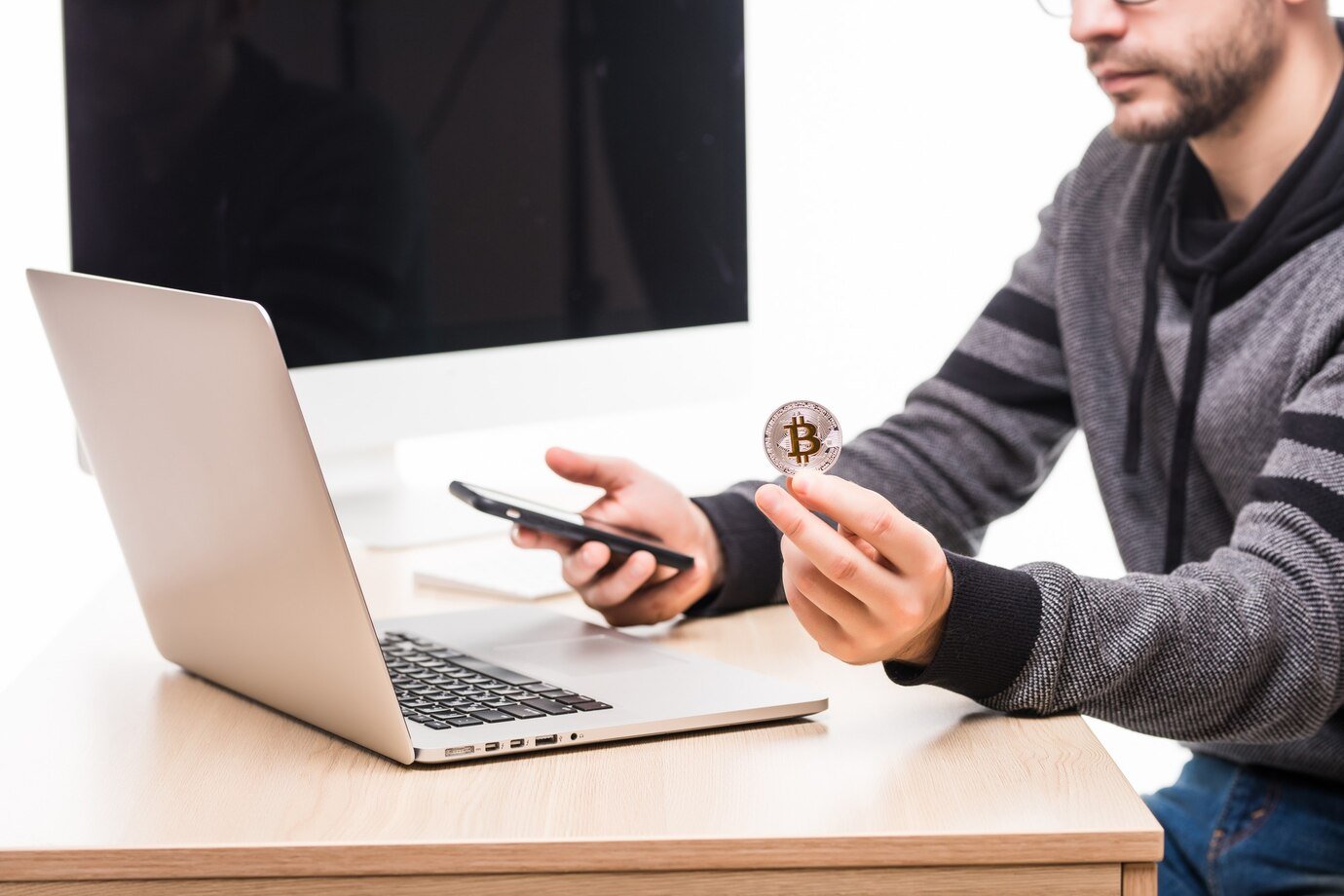Physical Address
304 North Cardinal St.
Dorchester Center, MA 02124
Physical Address
304 North Cardinal St.
Dorchester Center, MA 02124

The forex market has grown significantly in popularity, but with this growth comes an increase in fraudulent brokers targeting unsuspecting traders. These scam brokers use sophisticated tactics to lure traders into investing their money, only to disappear or manipulate trades for their gain. Recognizing the warning signs is critical to safeguarding your investments. In this guide, we’ll highlight the top 10 red flags to spot a scam broker in 2024, helping you make informed and secure trading decisions.
Legitimate brokers are regulated by reputable financial authorities such as the Financial Conduct Authority (FCA) in the UK, ASIC in Australia, or the CFTC in the United States. Scam brokers often operate without any regulation or claim to be regulated by unrecognized offshore entities.
One of the biggest red flags of a scam broker is the promise of guaranteed profits or exceptionally high returns with little to no risk. Forex trading involves market volatility, and no legitimate broker can guarantee consistent returns.
Scam brokers often make it difficult for clients to contact them. Their websites may lack detailed contact information or provide generic email addresses and unverified phone numbers.
Legitimate brokers process withdrawals promptly and efficiently. Scam brokers, on the other hand, may delay or refuse withdrawals to trap funds.
Scam brokers often use high-pressure sales tactics to push traders into depositing funds. They may call repeatedly, offering “limited-time offers” or exclusive opportunities to force you into quick decisions.
A demo account allows traders to practice trading without risking real money. Legitimate brokers offer demo accounts to help clients familiarize themselves with the platform. Scam brokers often avoid this because their platforms are not functional or designed to manipulate trades.
A simple online search can often reveal whether a broker has a history of scams. Look for reviews and forums where traders share their experiences.
Scam brokers often entice traders with large bonuses but attach restrictive conditions that make it almost impossible to withdraw funds.
Legitimate brokers invest in professional websites and trading platforms. Scam brokers may have poorly designed websites riddled with typos, broken links, or outdated content.
Some scam brokers attempt to appear legitimate by displaying fake licenses or certificates on their websites. These documents are often fabricated or altered.
Spotting a scam broker in 2024 requires vigilance and a willingness to dig deeper into their claims and practices. By staying alert to these 10 red flags, you can protect yourself from falling victim to forex scams. Always remember to:
Forex trading is a powerful tool for financial growth, but only when approached with caution and trusted partners. Stay informed, stay safe, and trade confidently!